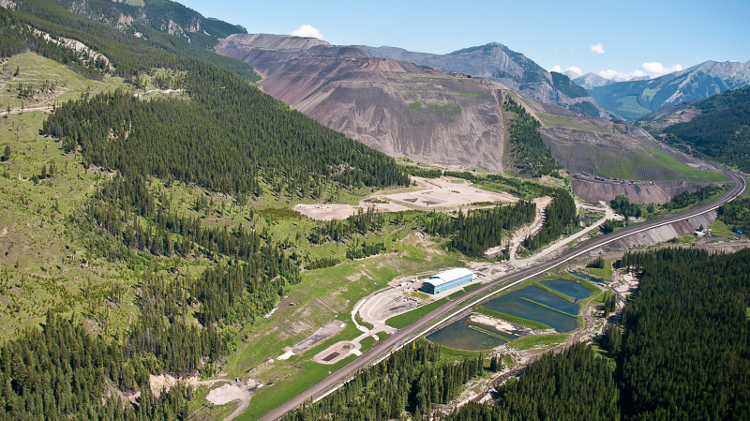Updated to include comment from the Marten Falls First Nation and Noront Resources
Ontario premier Kathleen Wynne announced on August 21 that the provincial government had signed agreements with three First Nations to build an access road to the Ring of Fire.
Wynne told reporters in Thunder Bay that the government is working with Webequie, Nibinamik and Marten Falls First Nations to plan and build a road that will provide all-season access to the communities and to the Ring of Fire.
The provincial government will help the communities build an east-west road connecting Webequie and Nibinamik First Nations communities to the province’s highway network north of Pickle Lake and another road connecting Marten Falls to the highway network.
Wynne said the communities will begin environmental assessments by January, with construction slated for 2019.
“The entire Ring of Fire region has huge potential for development that would benefit all of the communities involved and the entire province,” Wynne said in a statement. “Getting shovels in the ground to build this connection to the Ring of Fire will move us forward towards unlocking its full potential.”
In May, Wynne wrote in a letter to nine Matawa First Nations in the area saying she wanted to see “meaningful progress in weeks, not months.” The government signed an agreement with the Nations in 2014 to work on environmental monitoring, resource revenue sharing, infrastructure and economic supports.
Marten Falls, along with other First Nations in the area, has been working on getting all-weather roads for years, which would give them greater food security and improved housing, education and economic opportunities.
Marten Falls Chief Bruce Achneepineskum told CIM Magazine collaborating with the provincial government on the roads gives his people a voice. “We’re sitting at the table and we’ll have the chance to put forward issues and try to resolve key issues like infrastructure, the environment and the corridor to the Ring of Fire with the government,” he said.
The access road is part of the government’s 2014 pledge to invest $1 billion to develop infrastructure for the Ring of Fire. So far, attempts to get the federal government to match Ontario’s commitment have failed.
The Ring of Fire, located in the James Bay lowlands about 500 kilometres northeast of Thunder Bay, has one of the world’s richest chromite deposits and also contains nickel, copper and platinum. According to the provincial government, the deposits have an estimated value of $60 billion.
Noront Resources, which paid US$20 million for Cliffs Natural Resources’ chromite claims in 2014 and acquired a 75 per cent interest in all of MacDonald Mines Exploration’s properties in the Ring of Fire district in 2015, now owns claims covering 85 per cent of the region.
“This is a key catalyst for us,” said Noront CEO Alan Coutts. The Ring of Fire is a rich mining district, “but the five most advanced projects that Noront has are all for base metals or bulk commodities, which need 24/7 access to road infrastructure,” said Coutts. “We’re very pleased to see it moving forward.”



